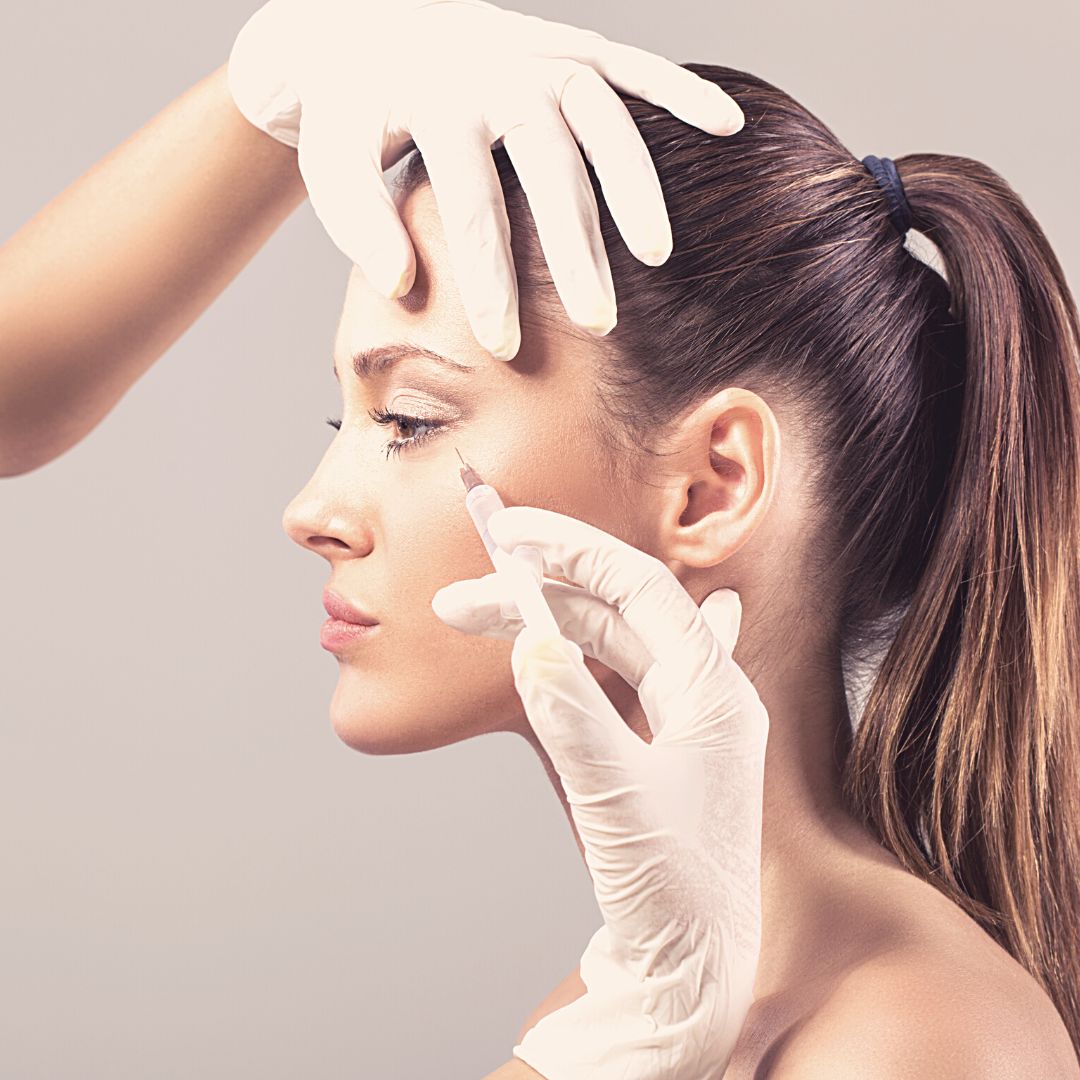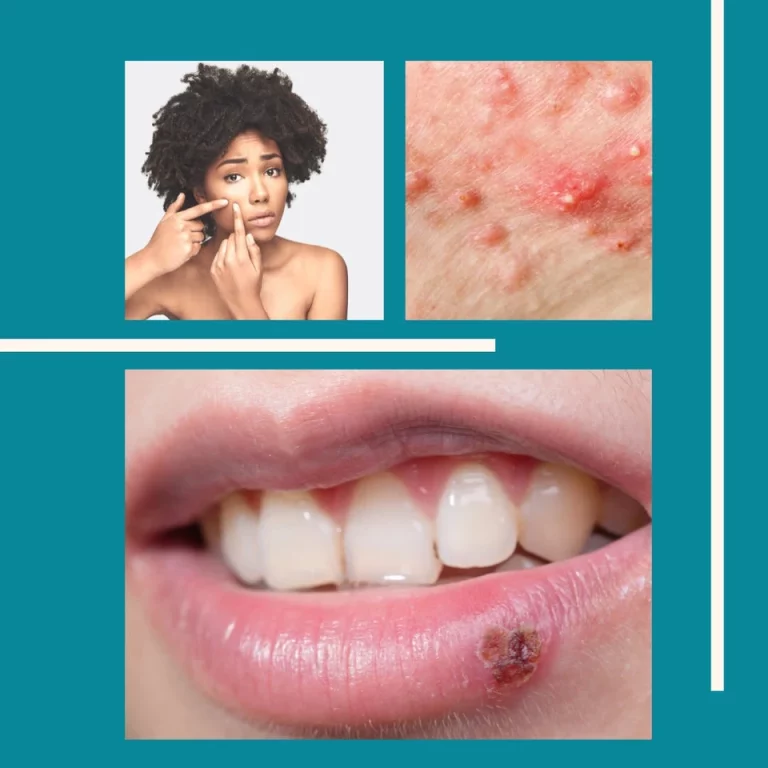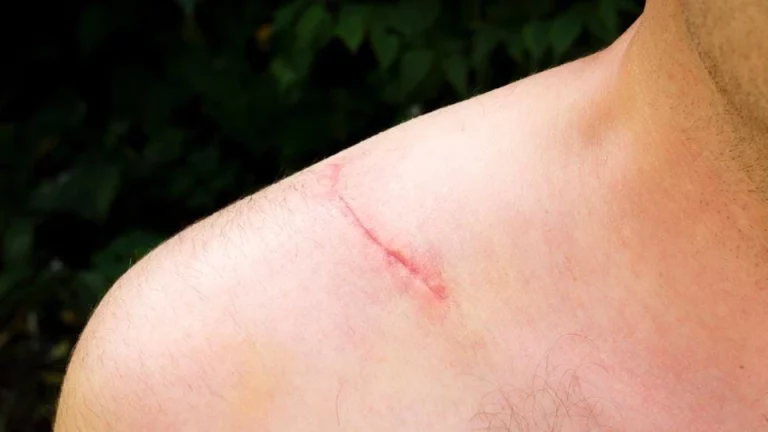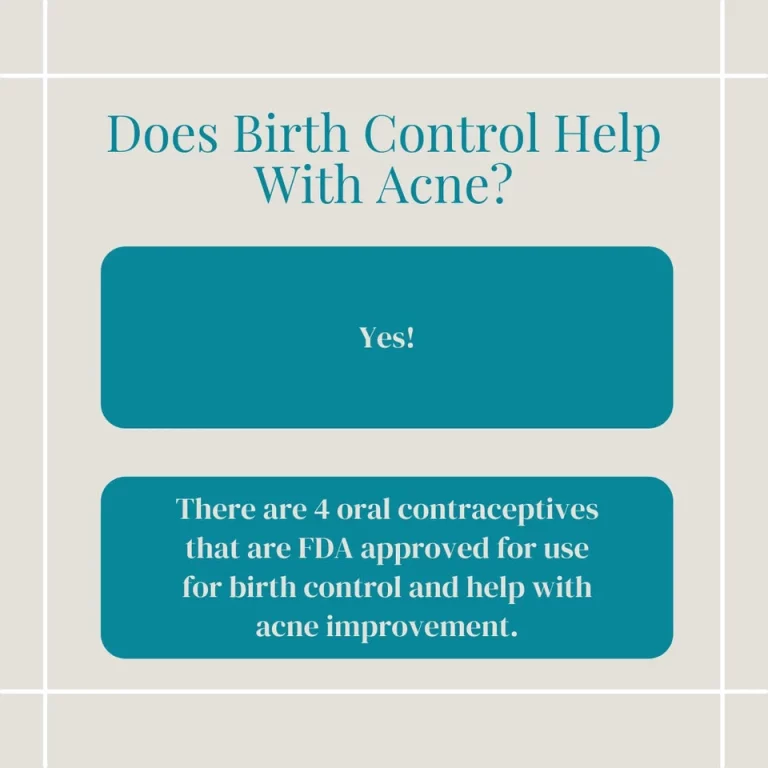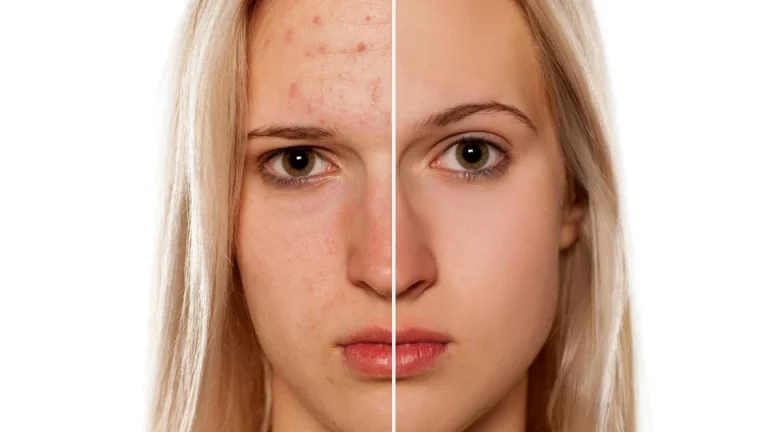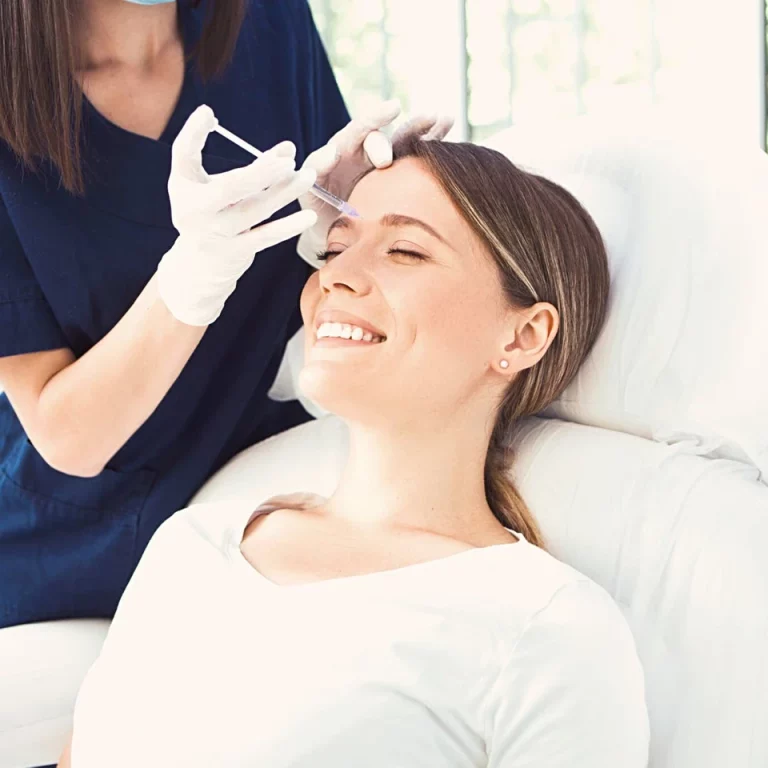Juvederm Vs Botox: Dermatologist Explains
When it comes to the appearance of wrinkles, there are so many options from botox treatment to injectable treatments. Juvederm treatment and Botox injections are some of the most popular cosmetic treatments done by doctors. Many patients often wonder, what is the difference between Juvederm and Botox? Let’s take an in depth look at Juvederm Vs Botox.
Juvederm Vs Botox: Key differences
There are many key differences between these two products. Which of these cosmetic procedures is best for your individual needs will depend on your desired results as well as the advice of a Board Certified medical doctor who ideally has years of experience. The better choice for one patient may not be the best choice for another. In some cases, the best treatment plan for different types of wrinkles may be to use both of these products. Let’s take a deeper dive into the difference between these two cosmetic injections.
Different Active ingredient
Juvéderm is a brand of injectable dermal fillers used primarily for cosmetic purposes. These fillers contain hyaluronic acid, a naturally occurring substance in the skin that helps to add volume and hydration.
Botox, on the other hand, is not a filler. Botox is the trade name for a drug made from a toxin produced by the bacterium Clostridium botulinum. It’s primarily known for its cosmetic use to reduce wrinkles. Botox injections do this by temporarily paralyzing muscles, but it has other medical applications as well.
How Long Does It Last: Juvederm Vs Botox
How long Juvéderm treatment will last depends on the specific product used and the area of the injection site. Generally, results of Juvéderm can last between 6 months to 2 years. For instance:
- Juvéderm Ultra and Ultra Plus: Typically last 6 to 12 months and are often used for lip augmentation and nasolabial folds.
- Juvéderm Voluma XC: Designed for cheek augmentation, it can last up to 2 years.
- Juvéderm Vollure XC: Used for the treatment of moderate to severe facial wrinkles and folds, it can last up to 18 months.
- Juvéderm Volbella XC: Used for lip augmentation and correction of perioral lines, it can last up to 12 months.
It’s worth noting that individual Juvéderm results can vary based on factors like metabolism, the specific area treated, and the patient’s lifestyle.
Botox results typically last for 3 to 6 months. For most patients you will see some muscle activity gradually around 3-4 months. It is at this point when retreatment may be desired by the patient.
Different Mechanism Of Action: Juvederm Vs Botox
Both of these drugs work in different ways to help provide a more youthful appearance. A board-certified dermatologist or board certified plastic surgeon can help suggest which is the best option for you for the best results.
Juvéderm is a dermal filler made primarily of hyaluronic acid. When injected into the skin, it adds volume to the targeted areas, helping to smooth out wrinkles, lines, and folds. The hyaluronic acid in Juvéderm also attracts and retains moisture, enhancing skin hydration and elasticity. These fillers provide immediate results by filling in areas under the skin, and they are often used to treat facial wrinkles, enhance lips, and restore volume to cheeks and other facial areas.
Botox, on the other hand, is not a dermal filler. Botox treats dynamic wrinkles by temporarily blocking the nerve signals to the targeted facial muscles. Dynamic wrinkles form from repeated muscle movements from facial expressions, like frowning or squinting. When Botox is injected into these muscles, it stops them from contracting as strongly. As a result, the skin remains smoother and more relaxed. This reduces the appearance of wrinkles.
Treatment Area: Juvederm Vs Botox
Different types of Juvéderm products are made for specific areas and purposes. Here are the common facial areas where Juvéderm is typically used:
- Nasolabial Folds: These are the “smile lines” or “laugh lines” that run from the sides of the nose to the corners of the mouth. Juvéderm can help fill in these lines to make them less pronounced.
- Lips: Juvéderm can be used for lip augmentation to enhance their size, shape, and definition. It can also be used to address vertical lip lines, commonly known as “smoker’s lines.”
- Cheeks: Juvéderm Voluma, a specific product in the Juvéderm line, is designed to add volume to the cheeks, which can become hollow or saggy due to aging.
- Marionette Lines: These are lines that run downward from the corners of the mouth and can give a person a sad or stern appearance. These are sometimes called frown lines. Juvéderm treatment can help soften these lines.
- Tear Troughs: The area under the eyes can sometimes appear hollow, leading to a tired appearance. Some practitioners use Juvéderm to fill this area, though it requires expertise to ensure a natural look.
- Chin and Jawline: Juvéderm can be used to enhance the chin’s projection and improve the definition of the jawline.
Botox overlaps with some of these areas but is also commonly used for forehead wrinkles. Here are the most common facial areas where Botox is typically used:
- Glabellar Lines (Frown Lines): These are the vertical lines or furrows that appear between the eyebrows when a person frowns. They’re often referred to as the “11” lines.
- Horizontal Forehead Lines: These are the horizontal lines that form across the forehead when a person raises their eyebrows.
- Crow’s Feet: These are the lines that radiate from the outer corners of the eyes and become more pronounced when a person smiles or squints.
- Bunny Lines: These are the horizontal lines that can appear on the sides of the nose when a person laughs or scrunches their nose.
- Eyebrow Lift: Botox can be used to achieve a subtle lift of the eyebrows by targeting the muscles that pull the eyebrows downward.
- Lip Lines (Smoker’s Lines): Botox can be used to treat vertical lines around the mouth, although this requires precise administration to avoid affecting the function of the lips.
- Dimpling of the Chin: Botox can smooth out the appearance of a “pebbly” or “dimpled” chin by relaxing the mentalis muscle.
- Platysmal Bands: While not on the face, Botox can be injected into the vertical neck bands (muscles) to reduce their appearance.
Cost: Juvederm Vs Botox
Another consideration when thinking about Juvéderm treatments or Botox procedures is cost. These procedures, when used for the purpose of reducing the appearance of fine lines and wrinkles, are not covered by insurance. For many patients, the cost can be prohibitive against use.
Juvéderm
The cost of Juvéderm varies widely based on several factors, including geographic location, the experience and reputation of the provider, the specific type of Juvéderm product used, and the number of syringes required for the desired outcome.
In the United States, the average cost for Juvéderm treatments ranged from $400 to $1,500 per syringe. However, most people require more than one syringe, depending on the areas being treated and the desired results.
Botox
The cost of Botox treatments can vary based on several factors, including geographic location, the experience and reputation of the provider, and the number of units required. Botox is typically priced in one of two ways: per unit or per treatment area.
In the United States, the average cost of Botox was typically between $10 to $20 per unit. However, the number of units needed depends on the area being treated and the desired outcome. For instance:
- Forehead lines: 10-30 units
- Glabellar lines (frown lines): 10-25 units
- Crow’s feet: 5-15 units per eye
To give a rough estimate based on treatment areas:
- A typical treatment for the glabellar lines might cost between $100 to $500.
- Treating crow’s feet might range from $100 to $600 for both eyes.
- Addressing forehead lines could range from $100 to $600.
Use In Other Medical Conditions
Outside of the cosmetic industry, both Botox and Juvederm have been used in the treatment of other medical conditions.
Juvederm
Juvéderm (and other hyaluronic acid-based fillers) has been studied or used off-label for several medical conditions. Some potential non-cosmetic applications include:
- Vocal Cord Augmentation: To improve voice quality in individuals with vocal cord insufficiencies.
- Facial Lipoatrophy: Particularly in HIV patients who lose facial fat, causing sunken cheeks and temples, making the face look gaunt. Fillers can be used to restore facial volume.
- Scar Treatment: Including acne scars and other types of depressed scars.
- Hand Rejuvenation: To restore volume to the back of the hands, making veins and tendons less visible.
- Foot Padding: To provide cushioning in areas of the foot where natural padding has diminished, potentially offering relief from pain when walking.
It’s essential to understand that while these treatments may show promise, not all of them are FDA-approved for these specific uses. Always consult with a medical professional when considering Juvéderm or any other treatment for both cosmetic and medical conditions.
Botox
Botox (Botulinum toxin) is not just used for cosmetic purposes. It has been approved for a variety of medical conditions and has shown potential in others. Here are some medical conditions for which Botox is either approved for treatment or has been studied:
- Chronic Migraine: Preventative treatment for patients experiencing migraines on most days of the month.
- Blepharospasm: Involuntary tight closure of the eyelids.
- Strabismus: Misalignment of the eyes, commonly known as “crossed eyes.”
- Cervical Dystonia: A painful condition where neck muscles contract involuntarily, causing the head to twist or turn to one side.
- Overactive Bladder: For those who don’t respond to or can’t tolerate anticholinergic medications.
- Neurogenic Detrusor Overactivity: Overactivity of the bladder due to a nerve-related condition, like spinal cord injury or multiple sclerosis.
- Severe Primary Axillary Hyperhidrosis: Excessive sweating in the underarms not managed by topical agents.
- Upper Limb Spasticity: Muscle stiffness in the elbow, wrist, and fingers typically due to conditions like stroke, traumatic brain injury, or cerebral palsy.
- Lower Limb Spasticity: Muscle stiffness in the ankle and toes.
- Sialorrhea (Excessive Drooling): Especially common in patients with conditions like Parkinson’s disease, cerebral palsy, or those who have suffered a stroke.
- Gastrointestinal Disorders: Including conditions like achalasia and anal fissures where Botox can be used to relax specific muscle groups.
- Temporomandibular Joint Dysfunction (TMJ): Off-label use for pain and dysfunction associated with TMJ.
It’s worth noting that the FDA has approved Botox for several of these indications, but not all. Some uses remain off-label, meaning that while some doctors might administer Botox for those conditions based on their clinical judgment and available research, the treatment isn’t officially approved by regulatory bodies for that purpose. Always consult with a healthcare professional regarding potential treatments and their associated risks and benefits.
Juvederm Vs Botox: Similar Goals But Quite Different
While both Juvederm and Botox have similar goals in reducing the appearance of lines and wrinkles, they are different in how this is approached. The biggest difference is the active ingredient in Botox and that in Juvederm is very distinct and different. While Botox temporarily paralyzes facial muscles, Juvederm is injected to fill out wrinkles. Target areas are most similar, but Juvederm is not commonly used on the forehead and Botox is. For any cosmetic injectable, it is very important to have an experienced injector, such as a Dermatologist or a Plastic Surgeon perform the procedure for optimal results.


